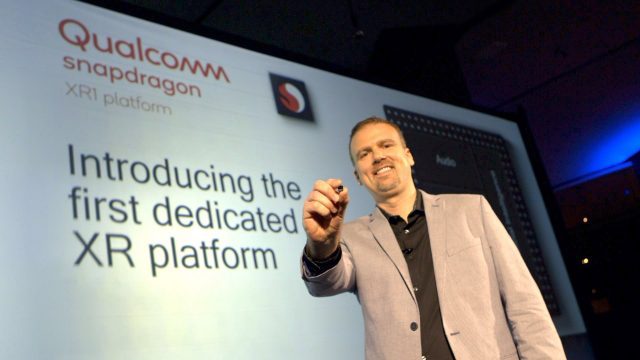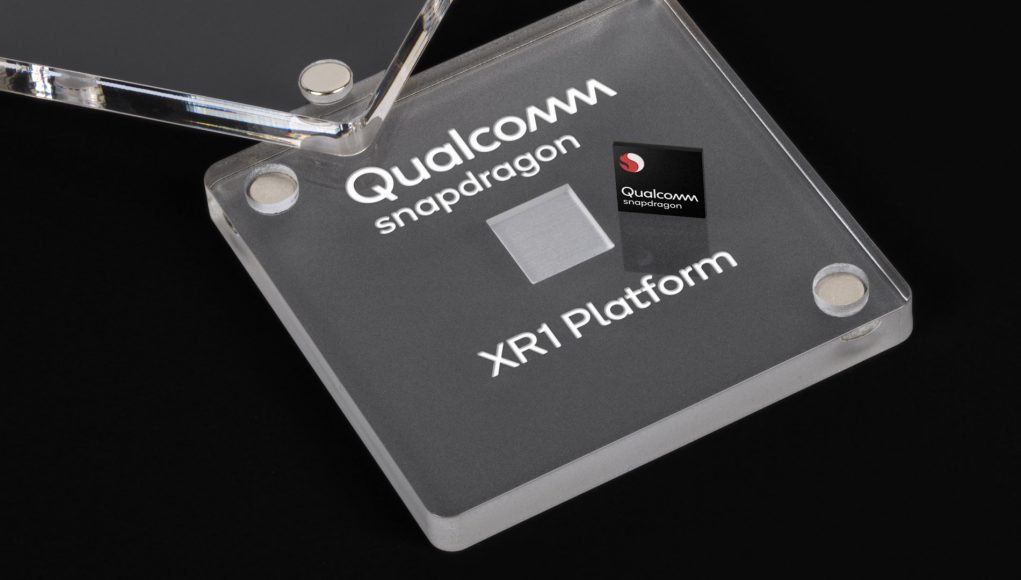When it comes to mobile VR and AR headsets, Qualcomm’s Snapdragon chips are dominating the space, with every major mobile headset launched so far this year built on the company’s Snapdragon 821 or 835 chips. And while those existing chips are also found in smartphones, Qualcomm today is announcing XR1, a new chip specifically built for AR and VR devices, which the company is calling its “first dedicated XR platform.”
Today at a press event in Silicon Valley, Qualcomm unveiled their Snapdragon XR1 platform, which the company says is their first which is specifically aimed at low cost AR and VR devices. Qualcomm says that XR1 is made for “high-quality” XR devices (low-end, like Oculus Go), a distinction they make against “premium” devices (high-end like Vive Focus). So XR1 isn’t about bringing the most powerful or feature-rich devices to market, but rather to enable affordable, “mainstream” devices.
On that front, the company says that HTC, Vuzix, and Pico are already developing products based on XR1.
XR1 integrates Qualcomm Technologies’ heterogeneous compute architecture, including the ARM-based multicore Central Processing Unit (CPU), vector processor, Graphics Processing Unit (GPU) and Qualcomm AI Engine. Other key features include an advanced XR software service layer, machine learning, the Snapdragon XR Software Development Kit (SDK) and Qualcomm Technologies connectivity and security technologies.
And while today we generally think of low-end VR systems as those that don’t have full 6DOF tracking, Qualcomm says that XR1 is capable of supporting both 3DOF and 6DOF tracking for head and hands, depending upon what hardware makers choose to do with the platform.

Qualcomm is quite bullish about the future of XR and immersive computing. The company has enabled a large part of the mobile XR market already thanks to its efforts toward making it easy for OEMs to bring XR products quickly to market. The company has codified those efforts into an ‘HMD Accelerator’ program which provides hardware makers with access to XR reference devices and connects them with manufacturers capable of quickly bringing those devices to market.
Though the XR market is still young, XR1 is a long term bet on Qualcomm’s part, and an effort to capture (and enable) a market which the company believes will comprise 186 million mobile XR devices by 2023.







